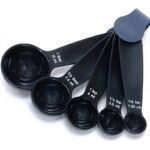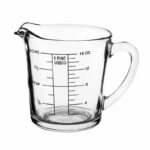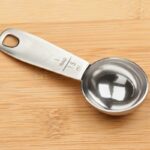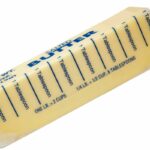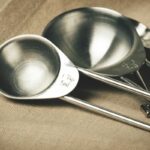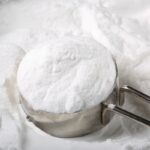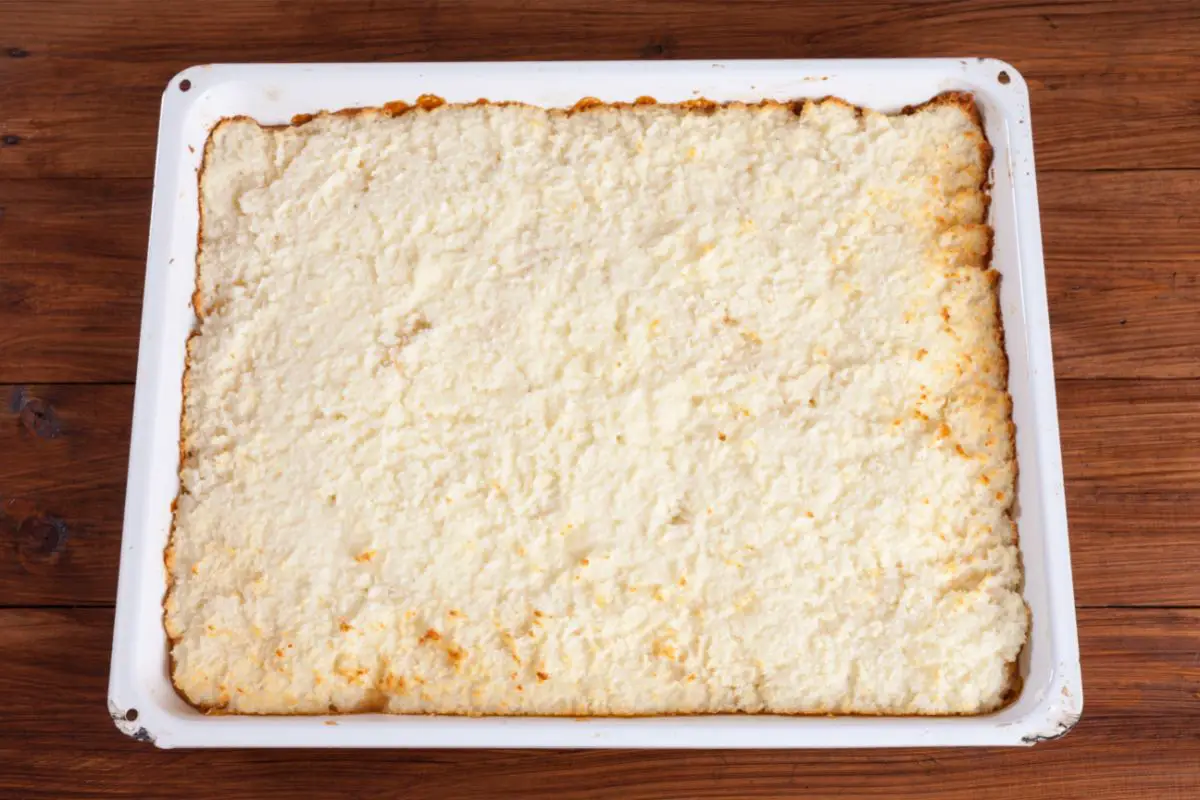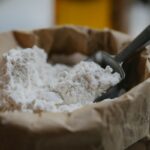One annoying thing that often divides the Europeans from the Americans, is how they choose to measure things.
Us Americans have a long history of changing things slightly, in light of Colonialism, so we can differentiate ourselves from our colonial counterparts, but this isn’t actually the case here.
This said, in the modern day only Americans use the Imperial system while the rest of the world use metric.
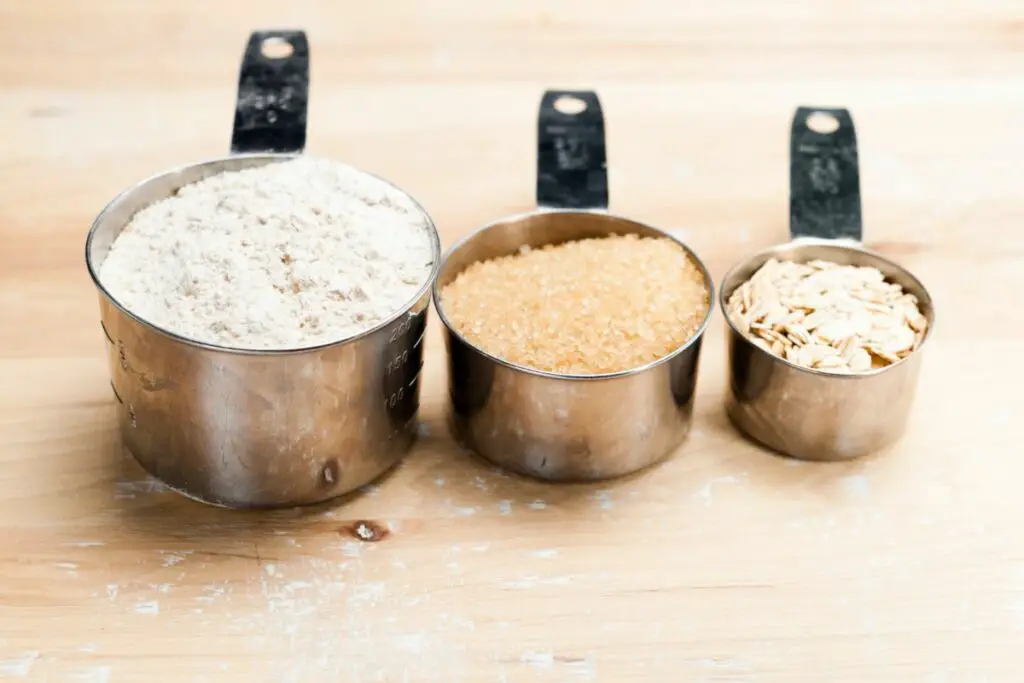
This difference is between measurements, measuring in cups is known as metric, while measuring in grams is known as imperial.
While they both directly translate, like certain words used in different languages, there are some mild differences between the two and why you may see them used.
One massive difference that annoys Americans and their global counterparts is the cup measurement versus a gram measurement.
When you are following a recipe and you have to convert things it can be confusing. This said, there may be reasons why one is better than the other, beyond regional bias.
In this article we will look how many grams are in a cup so you can convert recipes and other measurements into the measurement you’re familiar with or have the utensils to measure.
Why Do Imperial And Metric Measurements Exist?
So the British colonized America like they did most of the ‘Old World’, and for a long time the US has loved to make sure that they are different from Brits since the US became independent from the British Empire in 1776.
Ironically, the Imperial measurement system, as its name suggests, was first used and created by the British. Imperial measurement was brought to America and still exists in the US today.
The metric system was actually created by the French but the British didn’t adopt this due to political tension with France during the Colonial period.
By the 1980s the Brits, and most of the modern world, adopted metric because it has basically been realized that it was way more accurate and many industry titans were calling for ‘metrification’ in order for accuracy.
Is Imperial Or Metric Measurement More Accurate?
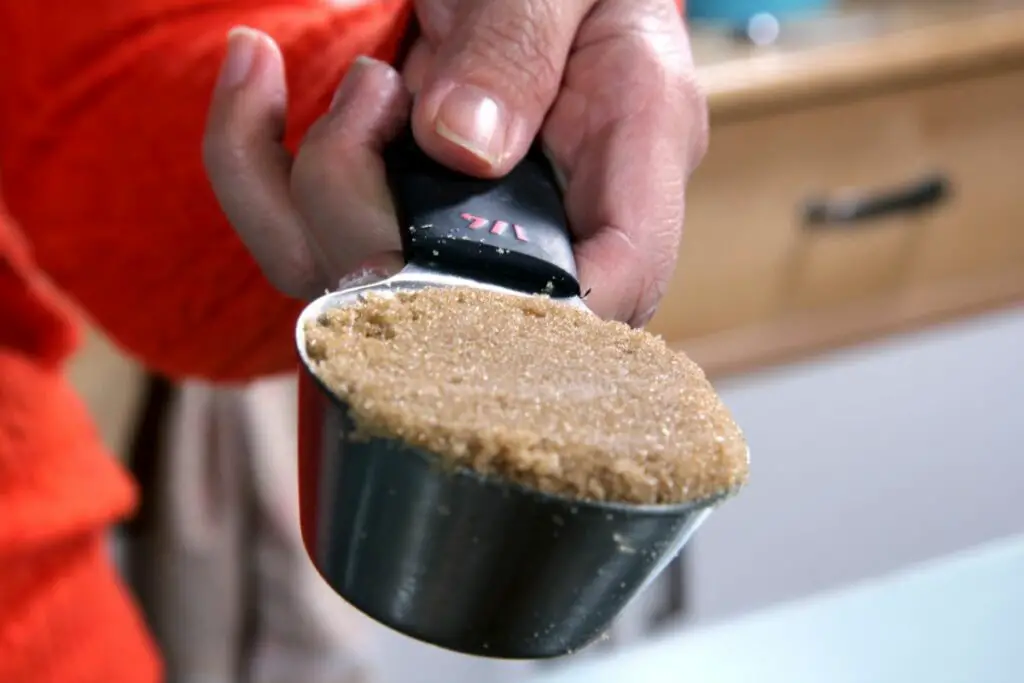
For today’s purposes, when we are talking about grams to cups, grams being metric and cups being imperial, there is a difference here that may lead to certain people using one measurement over the other.
Pretty much any baker will suggest, if you do indeed want to be accurate, that the metric system for weight is way more accurate than cups.
This has nothing to do with the measurement per se but is more with the tools we use to measure it.
Consider that the tool used to measure cups is simply a physical measurement. What we mean is that if you measure something in a ‘cup’ you usually get your cup measurer out and fill it with whatever you are measuring, and that’s your cup of whatever you are measuring.
There are some serious problems with this. Consider flour for a second, if you need a cup of flour, you could fill that whole cup measure with flour and stop and then not level it and add that to your bowl.
Without leveling the top of your cup measurer then you will undoubtedly go over the actual measurement of a cup. Even if you level your cup measurer, the density of what you are measuring can change.
For instance you might end up with more flour packed into one cup measurer if you pat it down. If you simply level it without patting it down, you might end up with less.
Put simply, when you want to measure a cup of something the actual physical tool means that human error is much more likely and it’s probably quite rare you will ever end up with an actual cup.
If you don’t believe us, measure out multiple cups of flour and weigh them, they will almost always be slightly different.
In certain instances you want accuracy, particularly with baking. When making something like bread or a cake you want accuracy as minor weight differences, and ratios of things like water to salt, or whatever it may be, need to be pretty accurate.
If you accidentally end up with one gram of salt more than necessary this can change the whole outcome of a cake or bread.
This is why metric is always way more accurate. Again, this is to do with the tool of measurement rather than the actual measurement system. When measuring in grams you will almost always use a scale to measure this, either electric or manual.
When using a scale you are way more likely to end up with the actual amount you want to measure.
Of course, electric scales and manual scales can both have minor intricacies that can lead to faults and mis readings, but for them most part you will almost always get the right measurement, while with a cup measurer you will almost always be wrong.
How Many Grams Are In A Cup?
There are some minor variations of this measurement but in nearly every case the conversion is:
1 cup = 240 grams
For reference, a liquid cup is the exact same as a solid cup. If you are measuring one cup of milk, it is generally considered to be 240 grams of milk.
This said, while the cup can measure both liquids and solids to varying degrees of accuracy, no one really measures liquid by weight through the metric system.
Put another way, if a US recipe calls for 1 cup of a certain liquid, don’t put this in a scale. Instead it is best measured in milliliters by using a measuring jug.
1 liquid cup = 237 milliliters
Final Thoughts
What should be clear is that in the US they use the Imperial system while in basically every other part of the world they use the metric system.
While this can seem like a regional thing, the metric system has been proven to be way more accurate. 1 cup is equal to 240 grams.
- How To Make Honey Butter - July 4, 2023
- How To Make Meringue - July 3, 2023
- What Is Shortening? - July 3, 2023

